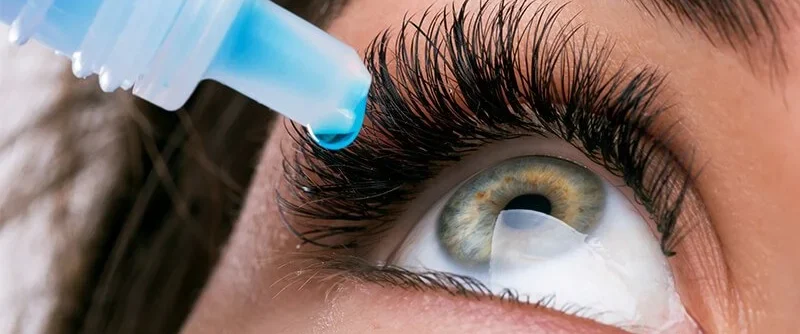Age-Related Cataracts

What are Age-Related Cataracts?
Cataracts are a natural part of the aging process and occur when the proteins in the lens of the eye begin to clump together, causing cloudiness or opacity. Age-related cataracts typically develop slowly over time and can affect one or both eyes. While cataracts are most commonly associated with aging, other factors such as genetics, UV exposure, smoking, and certain medical conditions or medications can also contribute to their development. Age-related cataracts occur when the natural lens of the eye becomes cloudy, leading to blurred vision and other visual disturbances.
Symptoms of Age-Related Cataracts
The symptoms of age-related cataracts can vary depending on the severity of the condition but may include:
- Blurred or cloudy vision
- Difficulty seeing in dim or low-light conditions
- Sensitivity to glare or bright lights
- Faded or yellowed colors
- Double vision in one eye
- Frequent changes in eyeglass prescription
Prevalence of Age-Related Cataracts
Age-related cataracts are the most common cause of vision loss among older adults worldwide. According to the World Health Organization (WHO), cataracts are responsible for approximately 51% of blindness globally, with the majority of cases occurring in individuals aged 50 and older. As the global population continues to age, the prevalence of cataracts is expected to rise, making early detection and treatment essential for preserving vision and quality of life.
Treatment Options for Age-Related Cataracts
While there is currently no way to prevent age-related cataracts from forming, several treatment options are available to improve vision and quality of life for individuals with cataracts, including:
- Prescription Eyeglasses or Contact Lenses: In the early stages of cataracts, updating your eyeglass or contact lens prescription may help improve vision temporarily.
- Cataract Surgery: Cataract surgery is a safe and effective procedure that involves removing the cloudy lens and replacing it with an artificial intraocular lens (IOL). Modern cataract surgery techniques, such as laser-assisted cataract surgery and premium IOL options, offer improved outcomes and reduced recovery times.
- Lifestyle Modifications: Protecting your eyes from UV radiation by wearing sunglasses, quitting smoking, maintaining a healthy diet rich in antioxidants, and managing underlying medical conditions can help reduce the risk of cataract development and progression.
Trust SightMD With Your Treatment for Cataracts
Age-related cataracts are a prevalent vision condition that affects millions of older adults worldwide, leading to blurred vision and other visual disturbances. Understanding the causes, symptoms, prevalence, and treatment options for cataracts is essential for maintaining optimal vision health and quality of life. If you’re experiencing symptoms of cataracts or are due for a comprehensive eye exam, we encourage you to schedule an appointment with one of our experienced ophthalmologists at SightMD. Our team is dedicated to providing personalized care and tailored treatment plans to address your individual needs and concerns.
Don’t let cataracts impact your vision and quality of life—book your appointment at SightMD today and take the first step towards clearer vision and better eye health.


